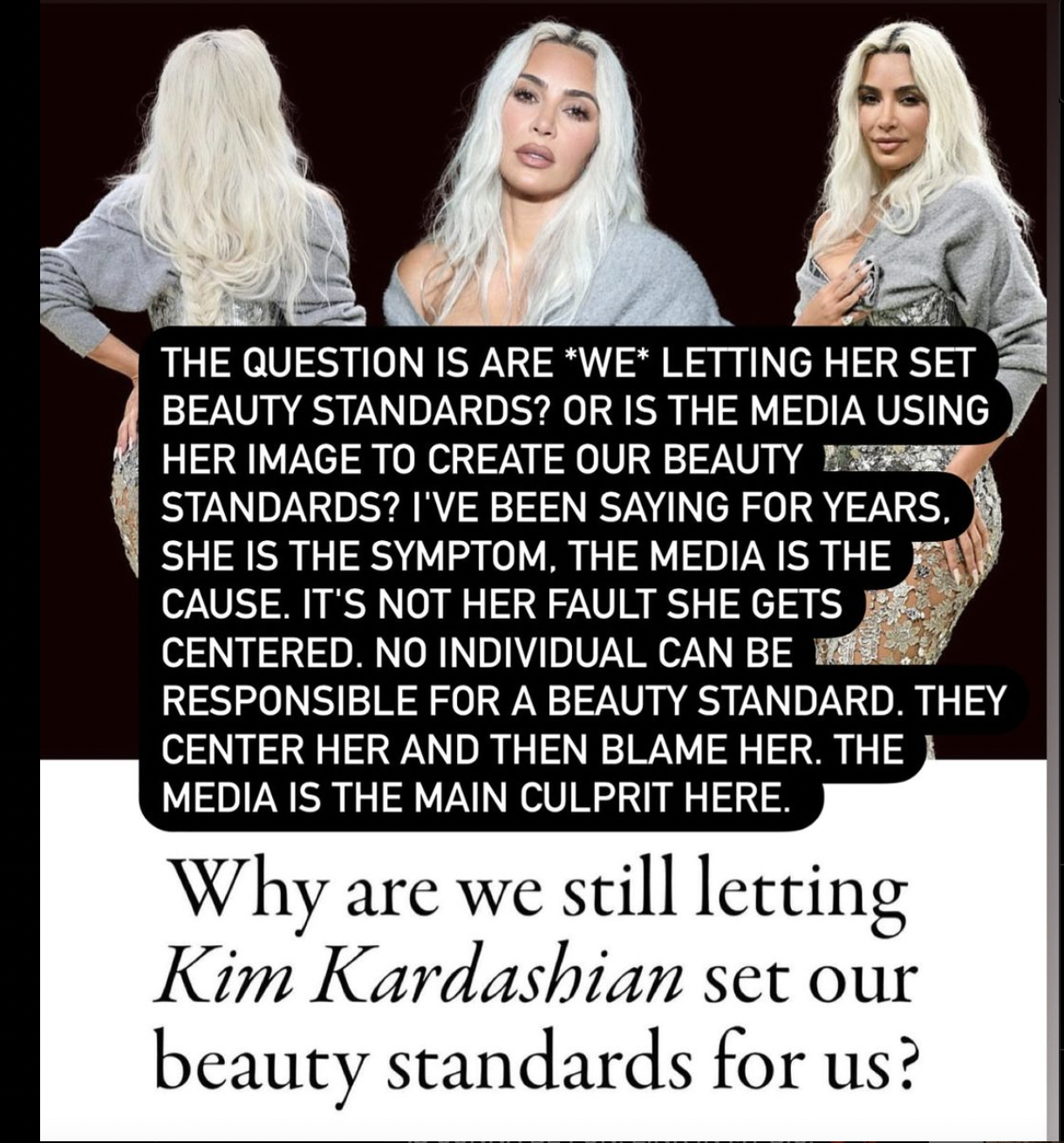A Look at Non-Invasive Facial Treatments: What’s Best for You?
While we certainly don’t want to succumb to societal pressure and our own insecurities, let’s admit it: it’s nice to look and feel our best. That somewhat universal sentiment is leading to a surge in the number of cosmetic procedures available, with everything ranging from invasive fillers to organic green tea masks taking over our local spas.
Unfortunately, that means cosmetic surgery and irreversible procedures like buccal fat removal are also growing in popularity. However, instead of opting for something so drastic, we should instead aim to treat our skin to a little tenderness, love, and care. The idea should be less about permanently altering our appearance and more taking care of the skin we have.
Enter the wondrous world of non-invasive facial treatments. But due to the variety of treatments available these days, the abundance of choice can make everything a little overwhelming. And with esoteric, intimidating names like microdermabrasions and chemical peels, the whole catalogue can seem a bit daunting and difficult to understand.
We want to help our skin reach its full potential, but determining the best path forward for our faces can be challenging. That’s only compounded when you arrive at a salon or beauty esthetician and browse through catalogues of seemingly infinite treatments, unsure of what is up or down anymore.
So let’s dive into all those extravagantly named treatments and figure out what’s best for you. Bringing out the natural beauty of your own face without invasive cosmetic procedures. It’s time to shine.
Microdermabrasion
Let’s start with something relatively new on the esthetician scene: the microdermabrasion (MDA). It’s a minimally invasive procedure used to treat uneven skin tone, pigmentation, scars, and sun damage. It’s also now one of the most common nonsurgical facial treatments in the U.S.
In a microdermabrasion, exfoliating crystals are rubbed across the face to remove dead epidermal cells (the epidermis being the outermost layer of our skin). The crystals are microscopic and fine enough to not damage your skin. After the exfoliation, a handheld vacuum is used to clear out the dead cells and suck out any remaining impurities. Honestly, it looks and feels like the suction tool used by a dentist. So, no biggie.
Microdermabrasion is really just an advanced exfoliation procedure, in that dead skin cells are scrubbed from the surface of the skin to reveal brighter, healthier skin underneath.
There’s no anaesthesia, injections, or harsh chemicals involved, so it’s virtually no risk. Just make sure to only get any treatment at a properly accredited business with good hygiene practices.
Supermodel Naomi Campbell microneedling as a part of her morning skincare routine
Microneedling
Another procedure to blow up in recent years is microneedling. Though they have similar names, microneedling and microdermabrasion use drastically different approaches to ultimately achieve a similar outcome: younger, healthier looking skin.
The biggest difference is in the layer of skin targeted: MDA is more shallow, solely targeting the outermost epidermal layer, while microneedling penetrates more deeply into the dermal layers. This deeper penetration means microneedling is also more effective in fine line reduction.
That’s because, in microneedling, skin is punctured with many tiny sterile needles to encourage new growth and cell turnover; the process then stimulates collagen production to leave you looking younger with less noticeable lines. The idea is to create microscopic wounds, triggering an immune response so your body heals itself and creates new tissue.
However, there are some downsides: moderate to severe temporary redness following the procedure (you’ll look like you have a bad sunburn the day after), and it requires multiple sessions to start seeing results so the costs add up easily. Moreover, there is also a very small risk that it triggers chronic inflammation.
Microcurrent
Oh, another micro-something treatment. But this one is distinguished from the others by its use of electricity. In a microcurrent facial, small electrical impulses are delivered to the skin via a handheld device. The idea is to stimulate the muscles in the face in order to reverse signs of aging like sagging skin.
Microcurrent stimulation is said to both improve circulation and tighten the facial muscles; the electricity essentially provides a workout for your face. Remember that we have to exercise our facial muscles to keep them strong and healthy, just like any other muscle in the body. (Look up face yoga, it’s a thing.)
Microcurrent treatments can either be done by a professional or by yourself at-home; you can buy less powerful microcurrent devices for personal use, but the results will likely be less effective. One particular personal gadget that’s gaining traction is the NuFace Mini, largely because Haley Bieber endorsed it.
Chemical peels
The final tool in your beauty arsenal should be the chemical peel. Though it sounds intense, chemical peels are safe and effective when done right. A chemical peel is essentially an exfoliating face mask where various acid solutions are applied to the skin, inducing a mild to moderate burning sensation. The tingling goes away after a few minutes.
It’s important to note there are generally two types of chemical peels available: alpha-hydroxy acid (AHA) peels and beta-hydroxy acid (BHA) peels. Both are skin exfoliants but work in different ways.
The primary difference is that alpha-hydroxy acids (AHA) are water-soluble exfoliants, better suited for removing dead skin cells and stimulating collagen production. Conversely, beta-hydroxy acids (BHA) are oil-soluble exfoliants, meaning they penetrate the skin through the sebaceous glands – ideal for acne prone skin.
There’s also subsets of these two categories: AHA peels can be made of either glycolic acid or lactic acid, whereas BHA peels primarily contain salicylic acid (a common ingredient in acne treatments, so it’s probably ringing a bell).
You can even buy at-home acid peels; I, for one, love the Ordinary’s AHA 30% + BHA 2% serum. But remember at-home serums are not as strong or effective as the entire chemical peel treatment and its accompanying bells and whistles at a clinic would be.
Chemical peels, even of the same type, can also substantially vary in their strength, so make sure you have a discussion with your esthetician and clarify your needs and expectations. Some peels will give you brighter shining skin with no down time, while others will have you peeling for a week to ten days in order to get more noticeable and longer lasting results.
the bottom line
What’s best for me? Your skincare goals are up for you to determine; don’t let others pressure you into a beauty ideal, but instead make the best choice out of love for yourself.
Whether you opt for a variety of treatments or none at all, take care of your skin in a way that suits and empowers you. At the end of the day, please just remember to drink water. Like, a lot.







